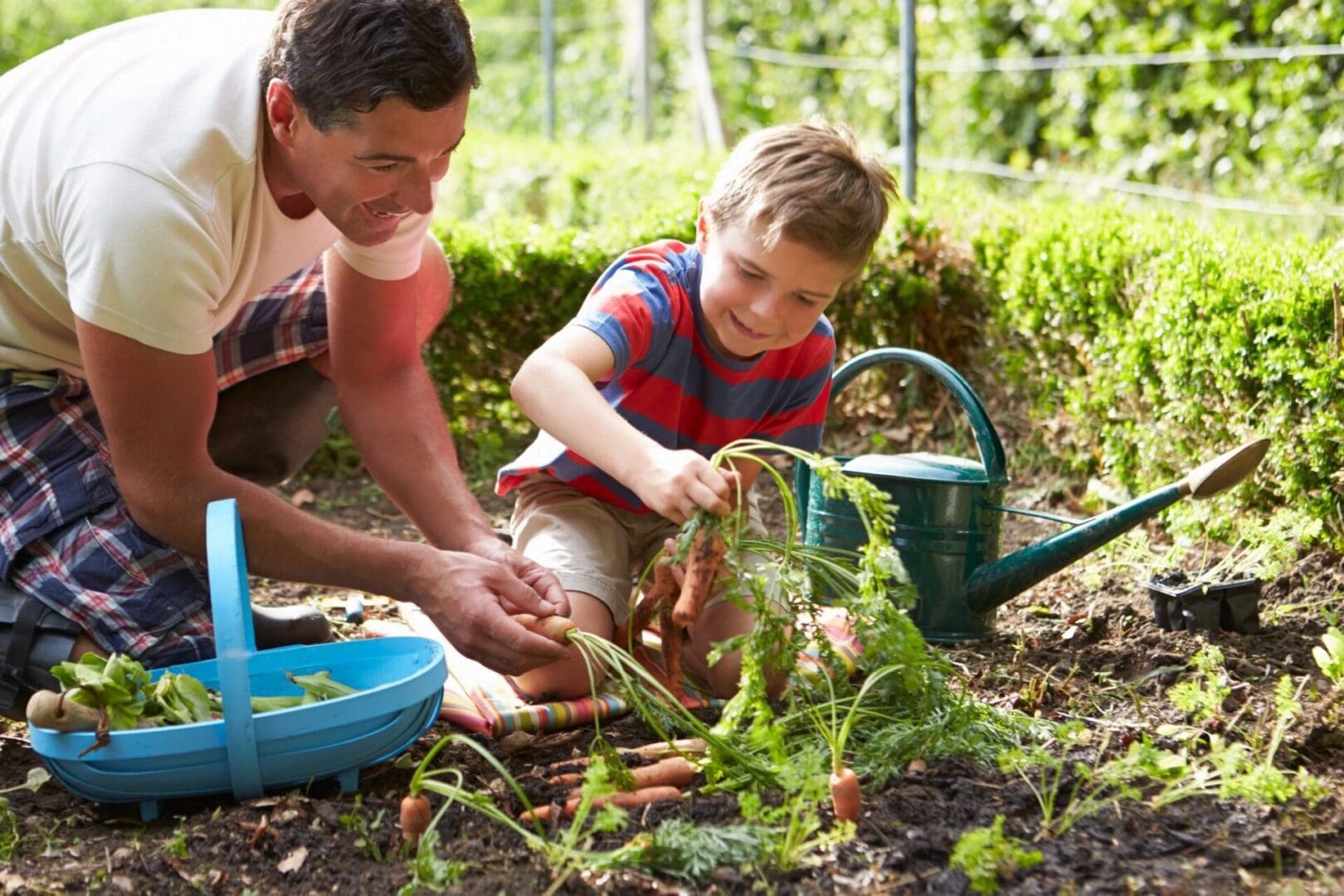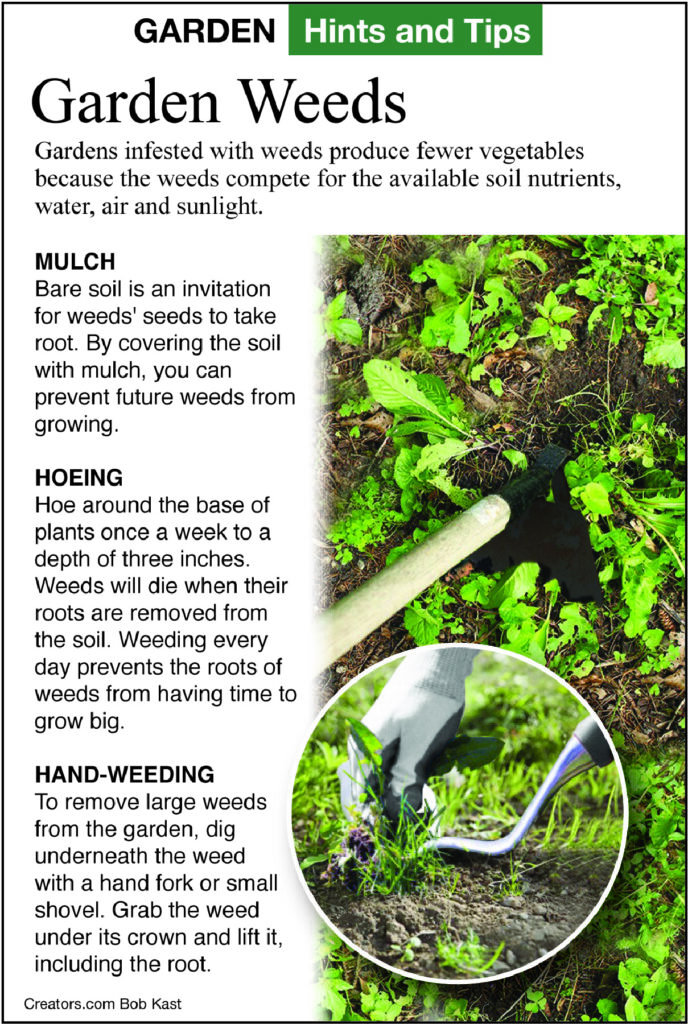Search Posts
Recent Posts
- Real Estate in RI: Benefit St.’s John Mawney House sells for $1.8M – Compass for seller May 27, 2025
- ART! Blue Star Museums offer free summer art visits for military families May 27, 2025
- Judge Frank Caprio to hold book signing at Mt. Pleasant Library – Compassion in the Court May 27, 2025
- Parenting while living with behavioral health challenges – Ocean State Stories May 27, 2025
- Rhode Island Weather for May 27, 2025 – Jack Donnelly May 27, 2025
Categories
Subscribe!
Thanks for subscribing! Please check your email for further instructions.

A Greener View: Using straw to prevent weeds – Jeff Rugg
By Jeff Rugg, contributing writer
Q: I added straw to my vegetable garden as a mulch and now there are hundreds of weeds coming up. Does the shade and watering help the weeds seeds grow? I thought the straw was supposed to prevent weeds and keep the soil damp.
A: I wonder if you added hay and not straw. Any farm store that has one may have the other. They look similar but are made from different plants and are used for different purposes.
Hay is harvested from alfalfa and grass fields. It is actually the third largest farm crop in the country after corn and soybeans. Hay is used to feed cattle, horses and smaller animals from goats to guinea pigs. It includes the nutritious leaves and seed heads of the plants.
Straw is the hollow and dried-out stems left over from harvesting small grain crops like wheat and oats. It is used for livestock bedding and is often sold in the fall for decorations. If properly prepared, it can be used as a raised-bed garden soil.
Straw may have a few weed seeds and a few grains of oats or wheat, but hay is filled with seeds. As for your question, yes, a thin layer of mulch can keep the soil just damp enough that seeds may sprout. On the other hand, a thicker layer of mulch (up to three or four inches thick) can help prevent weed seeds from sprouting.

It is a good idea to cover a vegetable garden with mulch as many vegetables grow better and produce more fruit when the soil moisture doesn’t fluctuate too wildly. Mulch also moderates temperature swings. If you live in an area where the soil develops a crust when it is dry, gas exchange with the atmosphere can also be inhibited, preventing the roots from getting enough oxygen. Mulch helps prevent moisture and temperature fluctuations and helps prevent the crust from forming.
Now that your garden is filled with weeds, what do you do? If the weeds are still small, just scratch over the soil with a hoe to rub out the weeds. Don’t try to uproot them and don’t try to dig deep into the soil around the vegetables so you won’t damage the roots of the vegetables. If the weeds are older and bigger, a hoe is still useful; just try to protect the vegetable roots. Hand-pulling around the vegetables may be best.
If the weeds are small, you might be able to smother them with several inches of mulch, a few layers of paper, or plastic. Larger weeds will just lift the mulch, paper and plastic up and keep growing.
Chemicals, including homemade recipes, must be used with caution as they can evaporate and harm the vegetables.
In the future, make sure you are getting straw and not hay. Hay may be cheaper and seem like a better deal, but it shouldn’t be used as a mulch. Even dried-out hay will have a slightly green color, while fresh hay is definitely green. Straw is always yellow to brown. They both are harvested and sold in round, square, large or small bales.

Email questions to Jeff Rugg at [email protected].
To find out more about Jeff Rugg and read features by other Creators Syndicate writers and cartoonists, visit the Creators Syndicate website at www.creators.com.
COPYRIGHT 2023 JEFF RUGG – DISTRIBUTED BY CREATORS
